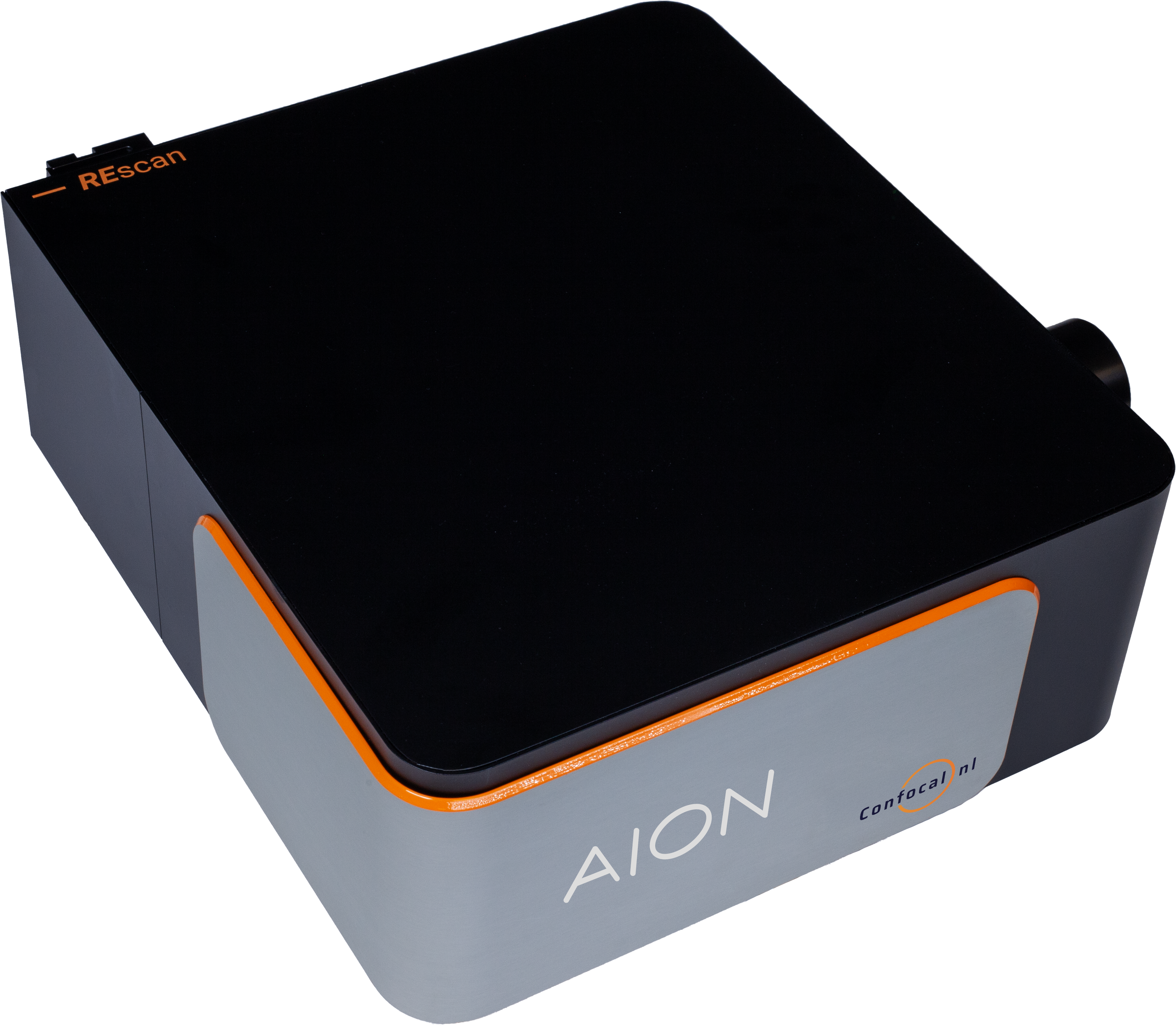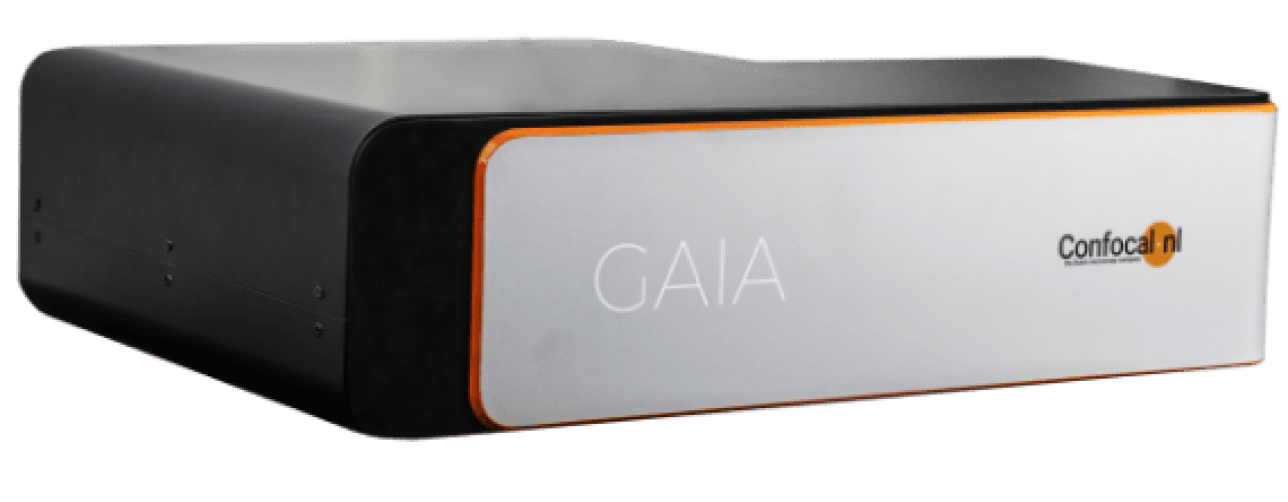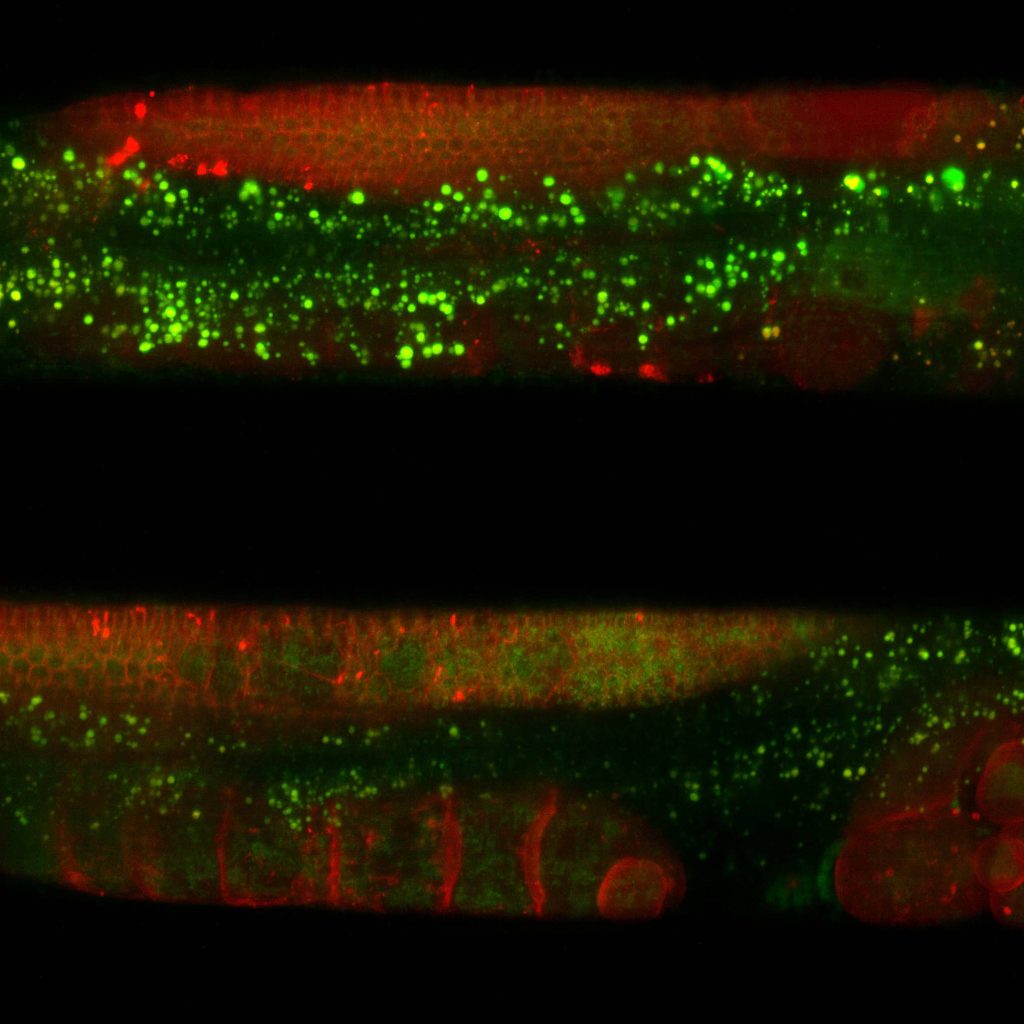Live cell imaging is an approach used to observe and study living cells in real time under a microscope. It involves the use of advanced imaging methods, such as fluorescence, confocal, or time-lapse microscopy, to visualize dynamic cellular processes, including cell division, migration, intracellular trafficking, and signalling.
Live cell imaging is invaluable for understanding cellular behaviour in physiological and pathological contexts, offering insights into biology, disease progression, and the effects of drugs or environmental changes on cellular functions. It prioritizes maintaining cell health and minimizing phototoxicity and photobleaching during observations.










